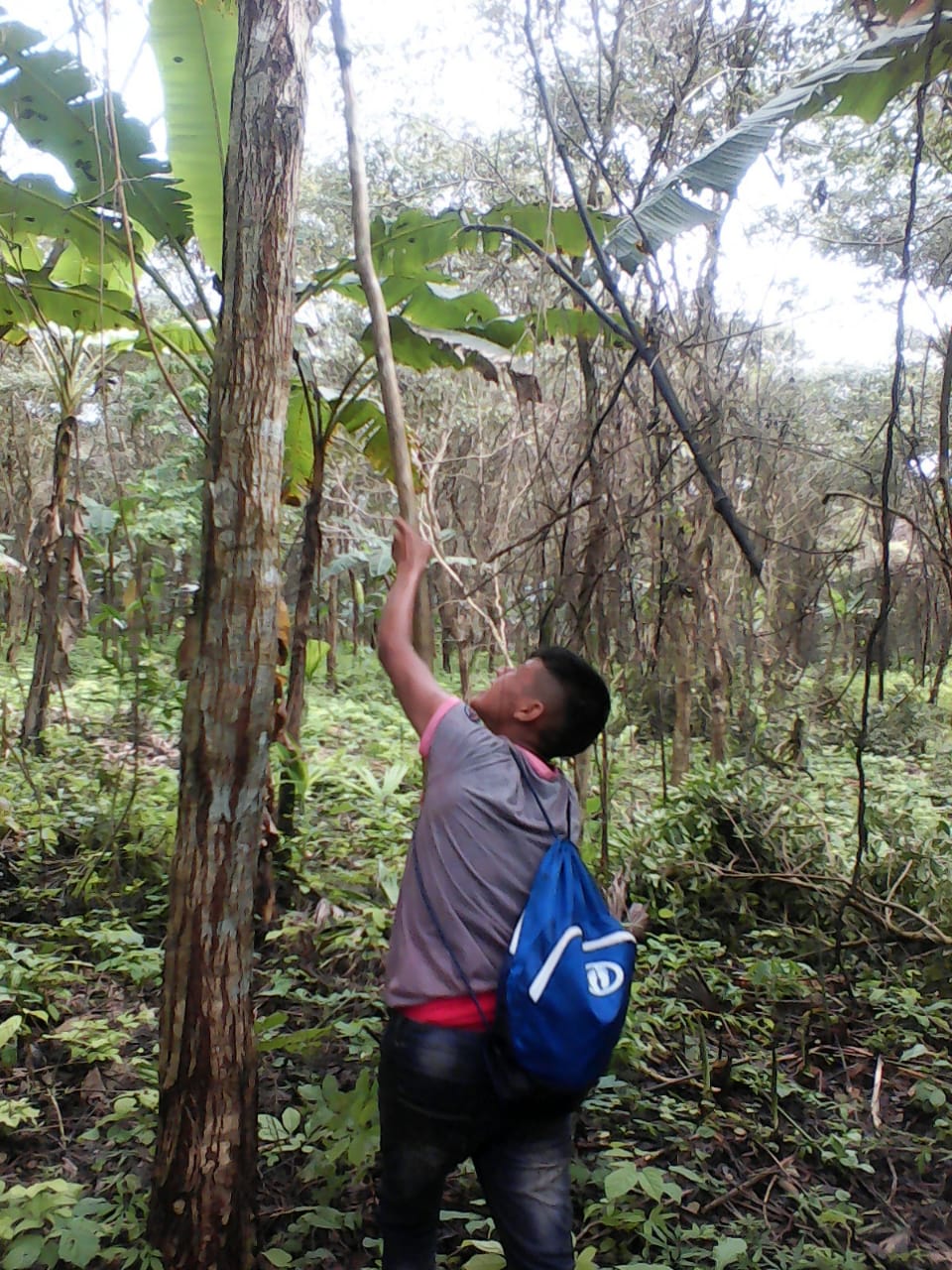REDD+ Developments at UN Climate Change Conference
/Secondary growth forest in Panama
At the most recent iteration of the UN Climate Change Conference in Warsaw, Poland, negotiators made significant progress on the forestry conservation policy called Reduced Emissions from Deforestation and Degradation (REDD+). Although we’re not involved in a REDD+ project now (or plan to in the near-medium term), we do follow it because of its potential as a tool to protect forests and promote reforestation.
At the Warsaw Conference, parties finalized technical guidance and new governance guidance for countries interested in implementing REDD+. For agroforestry projects like Planting Empowerment, the most important development was the stipulation that national focal points (the ministry of forestry for example) will coordinate all future financial payments for REDD+.
Currently, REDD+ projects can bypass national governments and go directly to the voluntary carbon market to sell the ecosystem service credits their projects generate. However, the voluntary carbon market is quite small, and prices prices low, so many REDD+ projects are struggling. In the future, a compliance carbon market may become available to REDD+ projects and national REDD+ programs, but REDD+ projects will need to consider the cut the national focal point (or their treasury) will take now.
So, while we think REDD+ programs could be a powerful tool for forest conservation, the new governance rules decided in Warsaw formalize the need for a national REDD+ focal point in each country.
There is still too much uncertainty around how financial REDD+ activities will ultimately be compensated, so making an investment in developing a REDD+ project is not a good use of capital at the moment. However, in the long term, REDD+ could be an interesting source of additional revenue for our operations.




